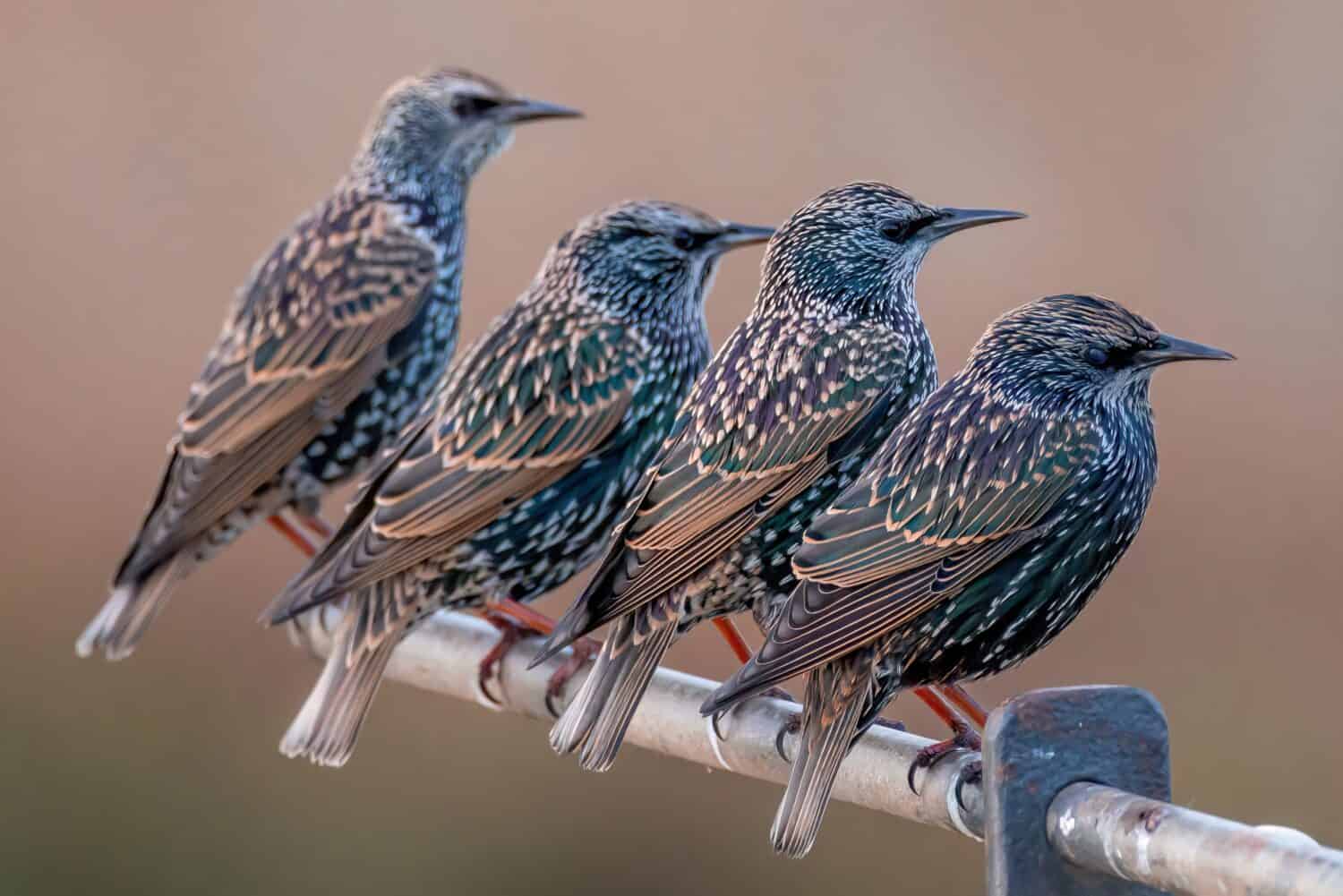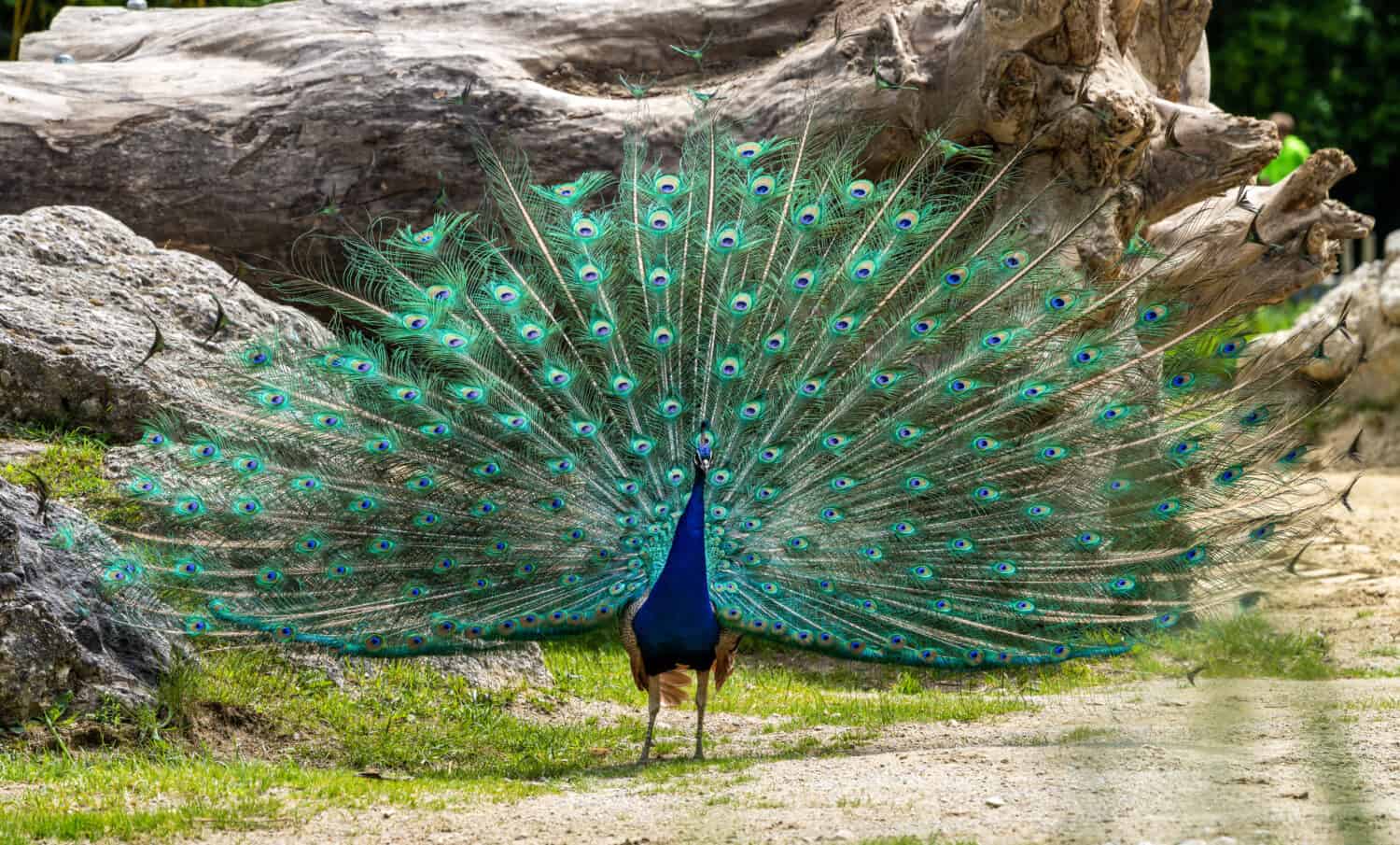This catchy song was recorded by numerous artists. However, most famously by The Carpenters. It was released on May 14th, 1970, for their second album, Close to You. In short, “Why Do Birds Suddenly Appear” stayed at number one on the Billboard Hot 100 for an impressive four weeks. But, it was renamed “(They Long to Be) Close to You”. In addition, it was named one of Billboard’s Songs of the Summer for 1970.
Hal David and Burt Bacharach wrote the song, but it was produced by Jack Daughertry. However, it was first recorded in 1963 by Richard Chamberlain and later that same year as a demo by Dionne Warwick. In 1964 Dusty Springfield recorded her own version of “Why Do Birds Suddenly Appear,” but no other version was as popular as The Carpenters featuring the beautiful voice of their lead singer, Karen Carpenter.
Here are some real bird species that suddenly appear. Whether surprising us when they return from winter away or turning our heads with their unusual colors, they know how to make a grand entrance.
Birds that Suddenly Appear
White Stork (Ciconia Ciconia)

The white stork or European stork flies over the Strait of Gibraltar to live in various African countries, including Sudan, South
Africa
, and Kenya to escape winter.
©Fercast/Shutterstock.com
The white stork, also known as the European stork, resides in Europe. However, it is lucky enough to be a migratory bird species, which escapes the harsh Europe winters every year and makes the long 49-day journey over the Strait of Gibraltar to inhabit various African countries, including Sudan, South Africa, and Kenya. Their average journey spans over 12,427 miles, and flocks can have up to 11 000 birds. Additionally, the white stork is the national bird of Ukraine.
These large birds, considered part of the stork family, have mainly white and black feathers on their wings. Furthermore, they have long legs for wading and long red beaks. Males and females look similar, but females tend to be smaller than their male counterparts.
White storks are not fussy and will eat anything small enough to fit into their beaks. They use their sharp spear-like beak to catch animals such as:
- Lizards
- Frogs
- Tadpoles
- Spiders
- Insects
- Small mammals such as mice and rabbits
- Crustaceans
White storks enjoy nesting in marshland and large meadows. In addition, they might take up residence on the occasional tower, steeple, or roof. These birds make their nests from mud and sticks.
Unfortunately, bird ranges are diminishing due to the infringement of urban development and farms. As a result, multiple migratory bird species are rapidly losing their winter territories, including the white stork.
Blue Crane ( Anthropoides paradiseus)

Blue cranes ordinarily live about 15 years in the wild but can reach ages between 20 and 30 years in captivity.
©Neil Bradfield/Shutterstock.com
The Blue Crane, also known as the Stanley crane and the Paradise crane, is indigenous to Southern Africa. The bulk of the population can be found in South Africa; that’s why it is the country’s national bird. However, they can also be found, albeit in smaller numbers, in northern Namibia, western Swaziland, Lesotho, Botswana, and, lastly, Zimbabwe.
Their appearance is a light blue-grey, getting darker closer to their neck and head. Additionally, their beaks are greyish, with a pink hue. Also, their wing feathers trail on the ground. Unlike most cranes, they have a somewhat large head and thin neck. Young blue cranes are lighter in color, with tawny heads and long wing feathers.
Blue cranes are omnivores. They have a diverse diet consisting of the following:
- Insects (especially grasshoppers)
- Fish
- Frogs
- Small reptiles
- Small mammals
- Small bulbs, roots, and seeds
- Crustaceans
- Grains such as maize kernels, maize, and lucerne leaves
Blue cranes can be found in dry grassy areas, although they also favor valleys, hills, and plains with a few trees. Furthermore, they like to nest in areas that have available wetlands, as well as highland areas. Historically they are found in regions where there is not a lot of human disturbance. However, they are currently flourishing in the agricultural areas of the Western Cape, South Africa.
Blue cranes ordinarily live about 15 years in the wild but can reach ages between 20 and 30 years in captivity. They are not known to have many predators; however, they are hunted by the Cape Clawless Otter (Aonyx capensis). Additionally, they have occasionally been poisoned by farmers who use pesticides. They are also threatened by humans encroaching on their habitat and agricultural expansion.
Common Starling (Sturnus vulgaris)

The common starling is found in Africa, Asia, North America, and Europe.
©Estudax/Shutterstock.com
The common starling is found in Africa, Asia, North America, and Europe. Furthermore, they are medium-sized birds. They have sleek black feathers with a metallic sheen. However, sometimes during the year, they are covered in white speckles. In addition, this noisy bird’s legs are pink, and its bill is yellow in summer and black in the winter. Young common starlings have a grey-brown coloration, yet they look more like adults. By their first winter, you can tell males and females apart by the color of their irises. Males have rich brown irises, while females have grey or mouse–brown irises.
Common starlings are omnivores. They have a varied diet consisting of the following:
- Insects such as moths, grasshoppers, flies, beetles, ants, and bees
- Earthworms
- Snails
- Lizards
- Small amphibians
- Grains
- Nectar
- Seeds
Predators that pose a threat to these birds are the falcon and the common house cat. Additionally, it is thought that the population is declining due to the low survival rate of young birds. They are also threatened by intensive farming methods used in northern Europe, which results in less availability of natural habitats for these birds.
Indian Peafowl (Pavo cristatus)

Male peacocks have stunning feathers that can reach up to 5 feet long.
©RudiErnst/Shutterstock.com
The Indian peafowl is originally from South Asia, specifically India and Sri Lanka. However, they were introduced to several continents and are now found in multiple countries. These magnificent birds are celebrated in Greek and Hindu mythology. Subsequently, it is the national bird of India.
Indian peafowl are classified as pheasants, and the females are called peahens, while the males are called peacocks. Peafowl are some of the largest birds in the world that can fly. There are bigger birds, like ostriches and emus, but they can’t fly. The males have stunning feathers that can reach up to 5 feet long and are a sight to see when on display. Interestingly these feathers come from their back and not their tail, shorter feathers on their backs are used to raise the longer feathers, creating a beautiful display. Peahens are not as spectacular as their male counterparts. Unfortunately, they primarily have brown feathers on their backs with white feathers on their bellies. Females do not have long tail feathers like males, but they do have green feathers on their necks and a crest on their heads.
Indian peafowl are omnivores, and their diet consists of the following:
- Insects
- Small mammals
- Reptiles
- Seeds
The Indian peafowl is threatened by illegal poaching. They hunt these beautiful birds for their meat and feathers. Additionally, these fowl fall victim to poisoning by farmers who use pesticides.
Emperor Penguin (Aptenodytes forsteri)

Emperor penguins are very social.
©Dennis Stogsdill/Shutterstock.com
Emperor penguins are found along the coastline and throughout Antarctica. They are the largest of the penguins. However, they are flightless birds. These penguins are very social and gather in groups to feed and nest. Additionally, they are excellent swimmers and comfortable on land and in water.
These adorable birds have shiny, water–repellent feathers, which prevent their skin from getting wet. Their webbed feet assist in swimming, as they spend the majority of their time in the water. Furthermore, they are predominantly white with black heads and yellow trim around their necks. The females and males are similar in appearance.
Emperor penguins are carnivores, and they primarily feed on:
- Fish
- Krill
- Squid
- Crustaceans
The emperor penguins’ most significant threat is global warming, which decreases the area available to them to forage and nest. In addition, they are at risk of being caught up in nets from fishing vessels.
The photo featured at the top of this post is © iStock.com/BernardBreton
Thank you for reading! Have some feedback for us? Contact the AZ Animals editorial team.






